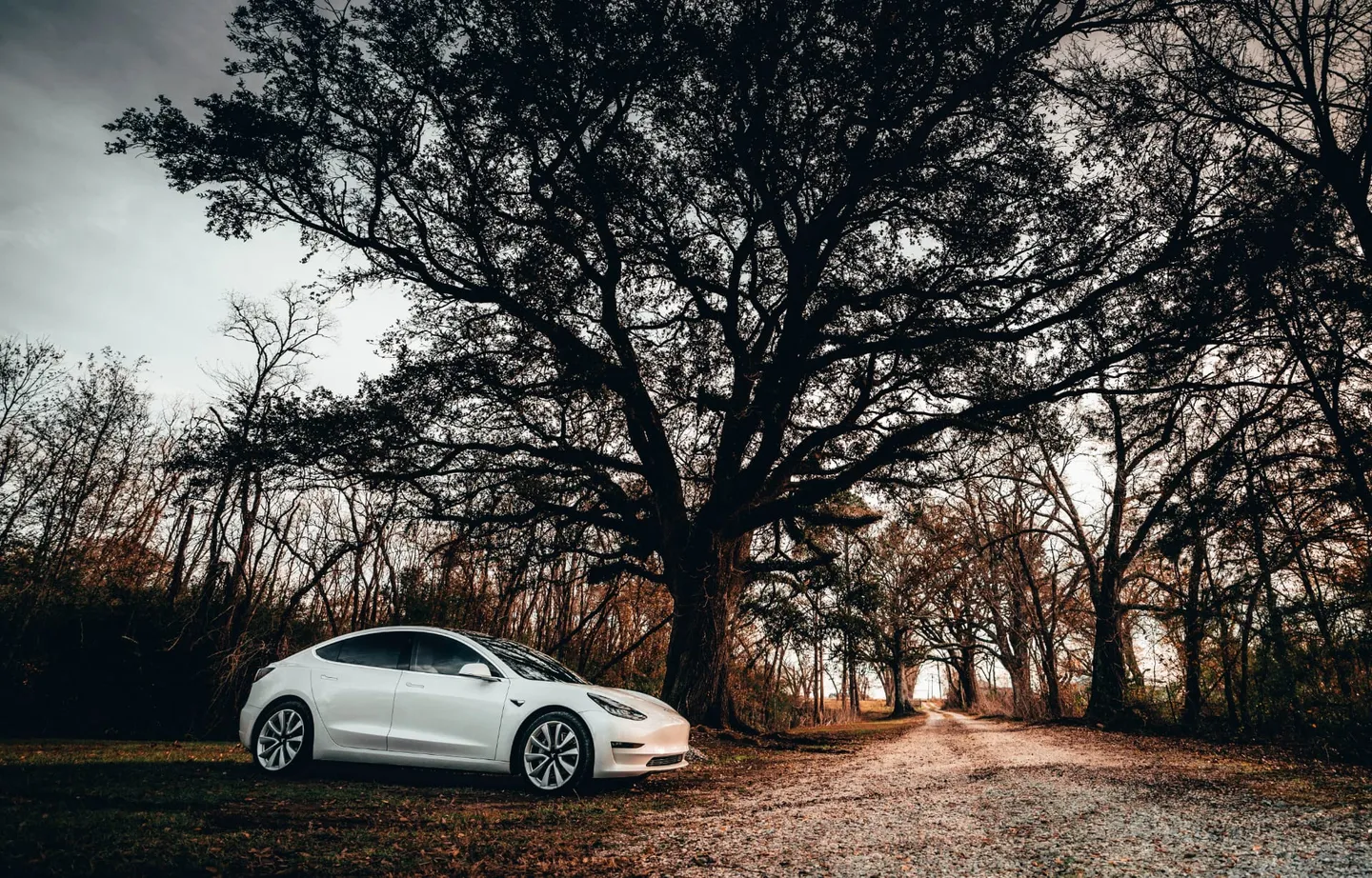Navigating the Path of Electric Vehicles Adoption in Rural Areas

Photo by Austin Ramsey on Unsplash
The transition towards electric vehicles (EVs) in urban areas is gaining momentum, accelerated by initiatives like the Inflation Reduction Act. However, the shift in rural regions presents unique challenges and opportunities.
Mitch Stults, a resident of Muscle Shoals, Alabama, and a sales manager, embarked on an EV journey due to high fuel costs from his daily 110-mile commute. He initially switched from a King Ranch pickup to a Tesla Model Y. However, the Tesla’s limitations, such as off-road inaccessibility and range anxiety, led him back to a GMC Duramax diesel pickup within three months.
Stults’ experience reflects a broader trend in rural America, where distances are greater and EV infrastructure is less developed. Rural areas, constituting about 20% of the U.S. population, account for 68% of the nation’s lane miles. Residents in these areas drive approximately 4,000 miles more annually compared to urban dwellers.
The rollout of EV infrastructure and services like broadband has been historically slower in rural areas, similar to the delayed electrification during the New Deal era. Nicholas Jacobs, a professor at Colby College, highlights the higher costs and logistical challenges of covering large rural spaces with infrastructure.
Despite a $7.5 billion federal investment for EV transition, rural America lags in EV adoption rates and charging infrastructure compared to cities. Richard Mohr of ChargePoint notes rapid growth in rural charging stations, yet the overall density remains low.
EV registrations in rural U.S. are significantly lower than in urban areas, with most rural counties registering less than 0.5% new EVs per 10,000 people. Studies by Carnegie Mellon University suggest that technological advancements will eventually boost EV adoption in rural communities. However, the demand for electric pickups is complex, hindered by limited availability and political factors.
Politics
Politics and class divisions play a significant role in rural EV adoption. Rural areas often view electrification through a lens of political and cultural resistance. This sentiment is sometimes expressed in actions like ‘ICE-ing’, where combustion engine vehicles block EV charging spots.
Financial barriers also impact EV adoption in rural areas. With average EV prices exceeding rural per capita incomes, and the additional costs of home charging installations, EVs are often out of reach for lower-income rural residents.
Technology Challenges
Grid and technology challenges add to the complexity. Upgrading local infrastructure, such as transformers, is necessary to support widespread EV usage. There is also a concern about pollution redistribution from urban to rural areas due to increased demands on rural power plants.
High-demand periods for public charging infrastructure, particularly during holidays, could strain rural charging resources. While home charging covers daily needs, public chargers are crucial during peak travel times.
In conclusion, the electrification of rural America faces numerous hurdles. However, with evolving technology and growing interest, the transition, albeit challenging, holds potential. Mitch Stults, despite his return to a diesel vehicle, remains open to going electric again, reflecting a gradual but growing acceptance of EVs in rural communities.
Source: https://www.theverge.com/23987669/ev-charging-rural-america-challenges-politics
